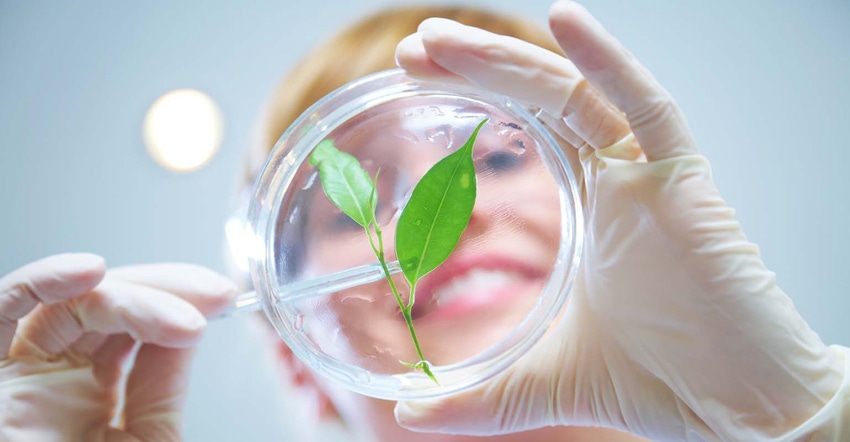March 28, 2018

Updated with comment from American Soybean Association.
Under its biotechnology regulations, USDA does not regulate or have any plans to regulate plants that could otherwise have been developed through traditional breeding techniques as long as they are not plant pests or developed using plant pests, Agriculture Secretary Sonny Perdue said in a statement. This includes a set of new techniques that are increasingly being used by plant breeders to produce new plant varieties that are indistinguishable from those developed through traditional breeding methods. The newest of these methods, such as genome editing, expand traditional plant breeding tools because they can introduce new plant traits more quickly and precisely, potentially saving years or even decades in bringing needed new varieties to farmers.
“With this approach, USDA seeks to allow innovation when there is no risk present,” Perdue said. “At the same time, I want to be clear to consumers that we will not be stepping away from our regulatory responsibilities. While these crops do not require regulatory oversight, we do have an important role to play in protecting plant health by evaluating products developed using modern biotechnology. This is a role USDA has played for more than 30 years, and one I will continue to take very seriously, as we work to modernize our technology-focused regulations.”
“ASA commends Secretary Perdue and USDA for their decision to clarify that plant breeding innovations will be treated in a similar manner as plants developed through traditional breeding methods,” said American Soybean Association President John Heisdorffer, a farmer from Keota, Iowa. “This science-based approach encourages innovation and economic development. Farmers, small agribusinesses, researchers, and others will have the exciting opportunity to pursue new and advanced ways to grow our food, fight plant pests and disease, reduce reliance of fertilizers and other resources, and respond to consumer demands to reduce the impact of agriculture on the environment.”
“Plant breeding innovation holds enormous promise for helping protect crops against drought and diseases while increasing nutritional value and eliminating allergens,” Perdue said. “Using this science, farmers can continue to meet consumer expectations for healthful, affordable food produced in a manner that consumes fewer natural resources. This new innovation will help farmers do what we aspire to do at USDA: do right and feed everyone.”
USDA is one of three federal agencies which regulate products of food and agricultural technology. Together, USDA, the Environmental Protection Agency and the Food and Drug Administration have a Coordinated Framework for the Regulation of Biotechnology that ensures these products are safe for the environment and human health. USDA’s regulations focus on protecting plant health; FDA oversees food and feed safety; and EPA regulates the sale, distribution, and testing of pesticides in order to protect human health and the environment.
Source: USDA, ASA
You May Also Like




